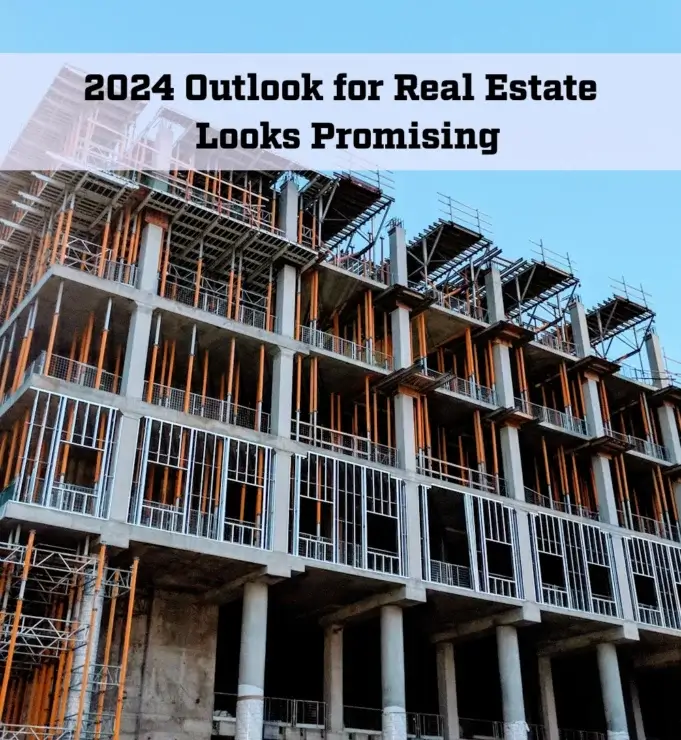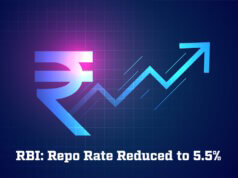As of 30 November 2023, according to ProjectsToday, there were 14,180 Real Estate projects with a staggering projex outlay of Rs 17,53,968 crore. Among these, 6,007 projects with a combined cost of Rs 8,99,212 crore were actively underway. This data clearly illustrates the abundance of projects in the pipeline within the real estate industry. This flourishing landscape can be attributed to the consistent increase in demand for medium and premium-sized apartments, a trend that has gained momentum in recent times.
This surge in demand can be traced back to several factors, with affordability playing a pivotal role. Years of stagnant property prices coupled with rising incomes have empowered prospective buyers, resulting in a significant uptick in demand, especially for larger residential units. Government initiatives like the Pradhan Mantri Awas Yojana (PMAY), aimed at bolstering affordable housing, have further fueled this trend, particularly among low-income individuals.
Looking ahead to 2024, the real estate market’s prospects appear promising, according to Rohit Gera, Managing Director of Gera Developments. The industry is riding high on the wave of affordability, and the preference for larger homes continues to drive demand. However, there are potential challenges on the horizon, such as potential interest rate hikes by the Reserve Bank of India to combat inflation, which could impact home loan rates and potentially dampen demand. Additionally, rapid growth in smaller towns could lead to an oversupply of properties, putting downward pressure on prices.
In conclusion, while the Indian residential real estate market shows great promise for 2024, it is crucial to navigate carefully in the face of potential challenges. Prioritizing reputable developers, focusing on job-rich markets, considering infrastructure quality, and adopting a long-term investment mindset can position homebuyers for success in this dynamic landscape.
Pradeep Aggarwal, Founder & Chairman of Signature Global (India) Ltd., reflects on the impressive performance of Gurugram’s mid-housing sector in 2023. This sector has responded strategically to meet the growing demand for affordable yet high-quality residences. Areas like Dwarka Expressway, New Gurugram, and South of Gurugram have witnessed a surge in residential demand, particularly for mid-sized apartments.
Looking ahead to 2024, the positive trend established in 2023 is expected to continue. Anticipated growth in demand for mid-range and luxury housing reflects evolving preferences among homebuyers and underscores the resilience of the real estate sector.
Akhil Saraf, Founder & CEO of Reloy, highlights the comprehensive transformation that the real estate industry has undergone recently. Developers are adopting a customer-centric approach, focusing on meeting the specific needs and demands of homebuyers. This shift has boosted confidence among potential buyers, reaffirming real estate as a viable investment.
Developers aligning with evolving homebuyer preferences are experiencing positive feedback, and this trend is expected to persist. The real estate market continues to see significant demand from individuals looking to buy their first homes, upgrade existing properties, or invest in second and holiday homes.
Parth Soni, founder of Union-Living, discusses the remarkable growth of coliving spaces within the real estate sector in 2023. These accommodations have gained popularity among students and corporate employees due to their convenience, high hygiene standards, and community-oriented living experiences.
Looking forward to 2024, this momentum is expected to continue. Expansion plans include adding more beds in existing markets like Mumbai, Pune, and Ahmedabad, and venturing into new markets like Gift City in Gujarat. With plans to scale from 1,100 to 4,500 beds by the end of 2024 and a long-term goal of 5,000 premium coliving properties, the coliving sector is poised for substantial growth.











